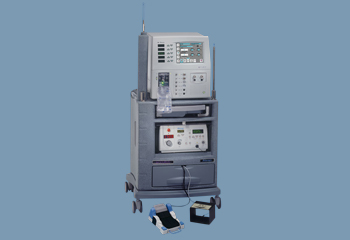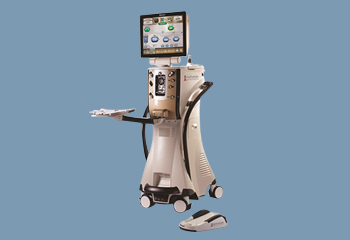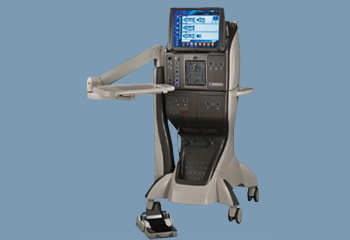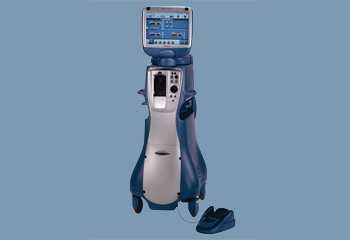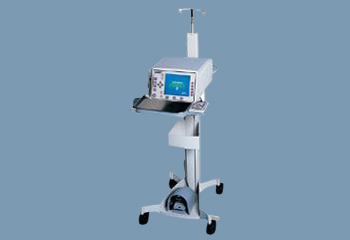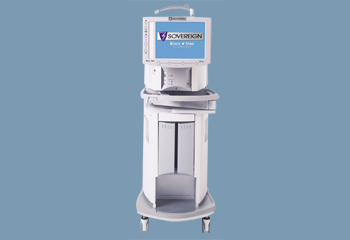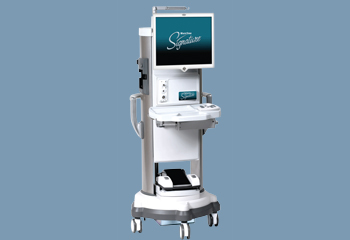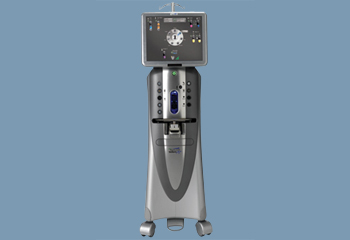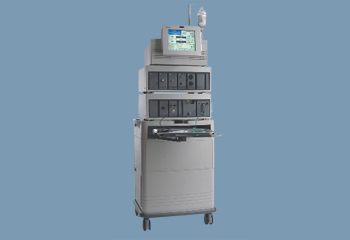Phacoemulsification is many ophthalmologists’ preferred method for cataract extraction and has been highly revered since its debut in 1967. Compared to other procedures, it allows for safe disassembly and aspiration of patients’ lenses. It also aids in fast recovery for patients. Though phacoemulsification can be pricey from the patient perspective, it’s the fastest surgery option, allowing patients to return to work quickly and allowing doctors to move through procedures in record time.
Aside from the speed of the procedure and patients’ recovery, phacoemulsification typically involves a small incision (approx. 3 mm) and doesn’t require stitches. Astigmatism after surgery is also highly unlikely.
Phacos are the primary reason this procedure is both fast and effective. Phacos help physicians control the eye’s fluid dynamics during surgery.
The Phaco probe sculpts and emulsifies the cataract by vibrating at an ultrasonic frequency. Particles are aspirated through the tip. Depending on the severity of the cataract, a chopper may be used to break it down into small pieces. The cataract is typically broken down, into two, three, or four pieces, and emulsified and aspirated separately. From this point, the physician may need additional tools to insert lens implants.
Below, you’ll find several of the industry’s most popular and highly regarded Phacos, each with groundbreaking, state-of-the-art technology to ensure every phacoemulsification procedure is a resounding success.


